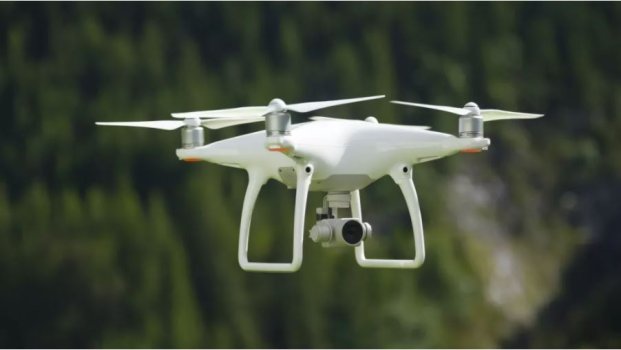FPV stands for first-person view. So, when it comes to flying an FPV drone, essentially this means that pilots of FPV drones see what the drone sees. Traditional drones differ from this as they are piloted through the pilot’s perspective on the ground. With FPV, it is instead piloted through the perspective of the drone, not the pilot, via an onboard camera. A drone’s eye view, if you will.
FPV and the more conventional drones look very similar in pretty much every perspective though. The more traditional drones also have onboard cameras or, if not, can be fitted with them if the pilot wants to fly FPV. And, vice versa, the FPV can have the camera disabled if they want to opt for a more standard viewing. It just depends on your preference.
Below, we've outlined everything you need to know about FPV drones. But remember, before you head out with your new toy you should check out all the drone regulations that apply in your area. There are special rules that apply if you want to fly your drone at night too, so make sure you're aware of all the rules if you're flying after sundown.
Continue reading: https://www.space.com/what-are-fpv-drones
FPV and the more conventional drones look very similar in pretty much every perspective though. The more traditional drones also have onboard cameras or, if not, can be fitted with them if the pilot wants to fly FPV. And, vice versa, the FPV can have the camera disabled if they want to opt for a more standard viewing. It just depends on your preference.
Below, we've outlined everything you need to know about FPV drones. But remember, before you head out with your new toy you should check out all the drone regulations that apply in your area. There are special rules that apply if you want to fly your drone at night too, so make sure you're aware of all the rules if you're flying after sundown.
Continue reading: https://www.space.com/what-are-fpv-drones

